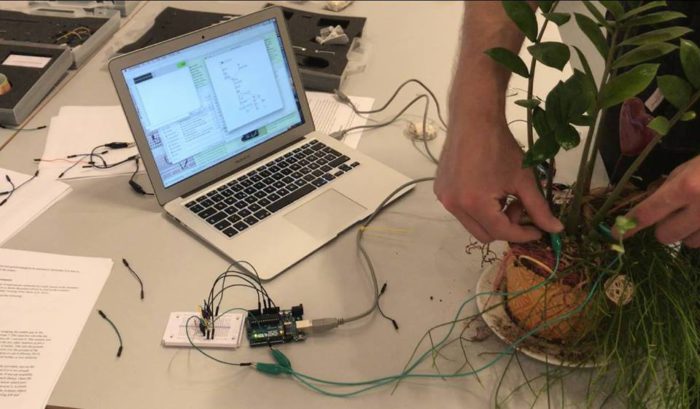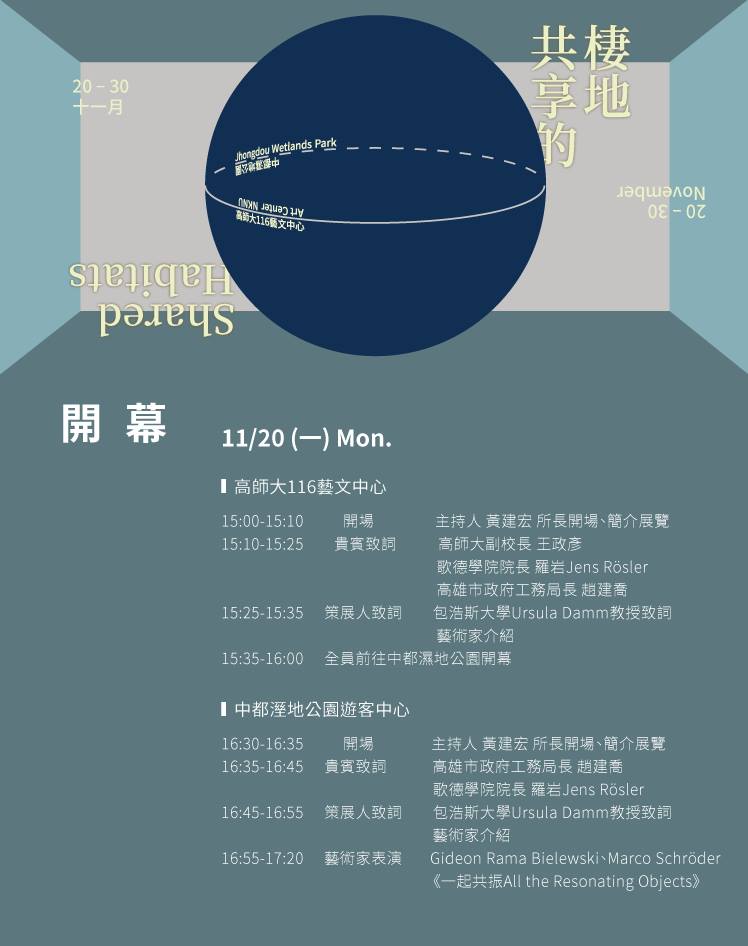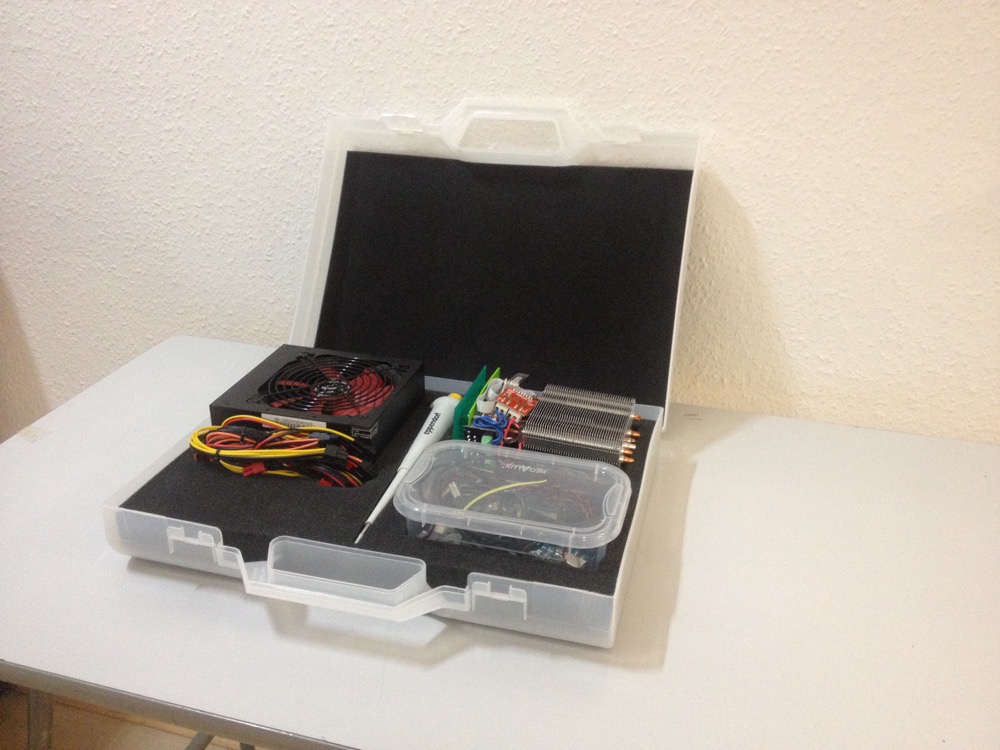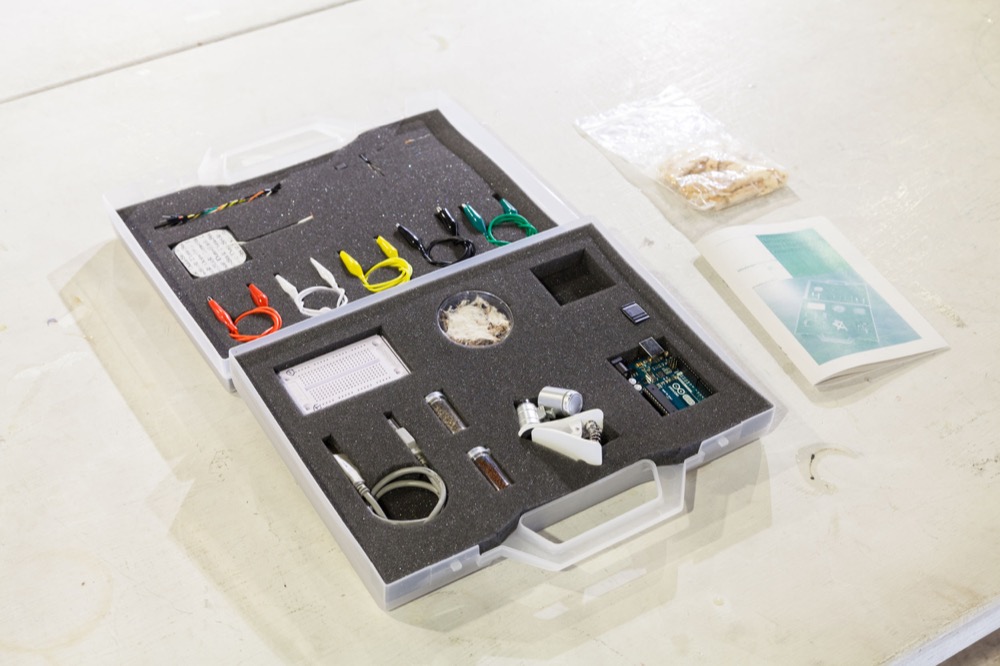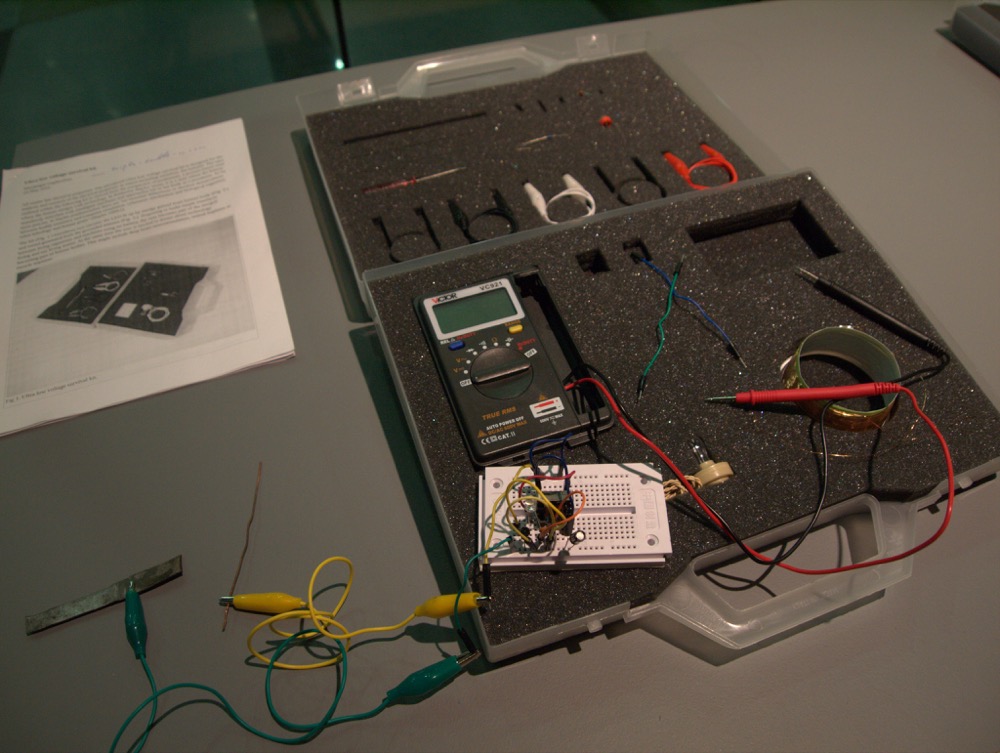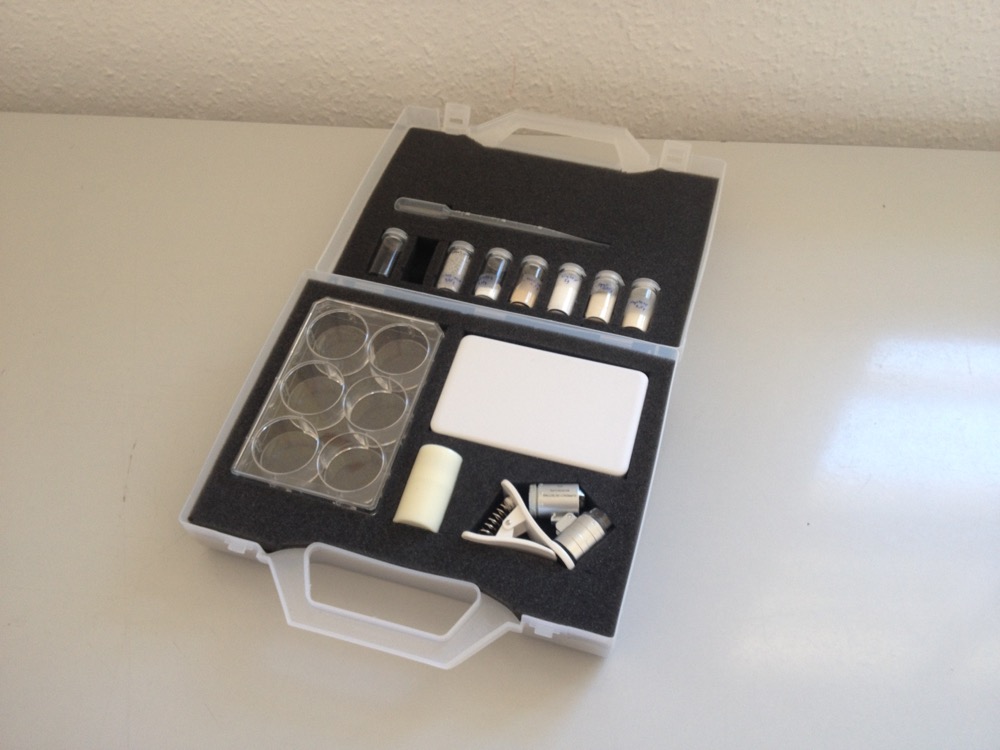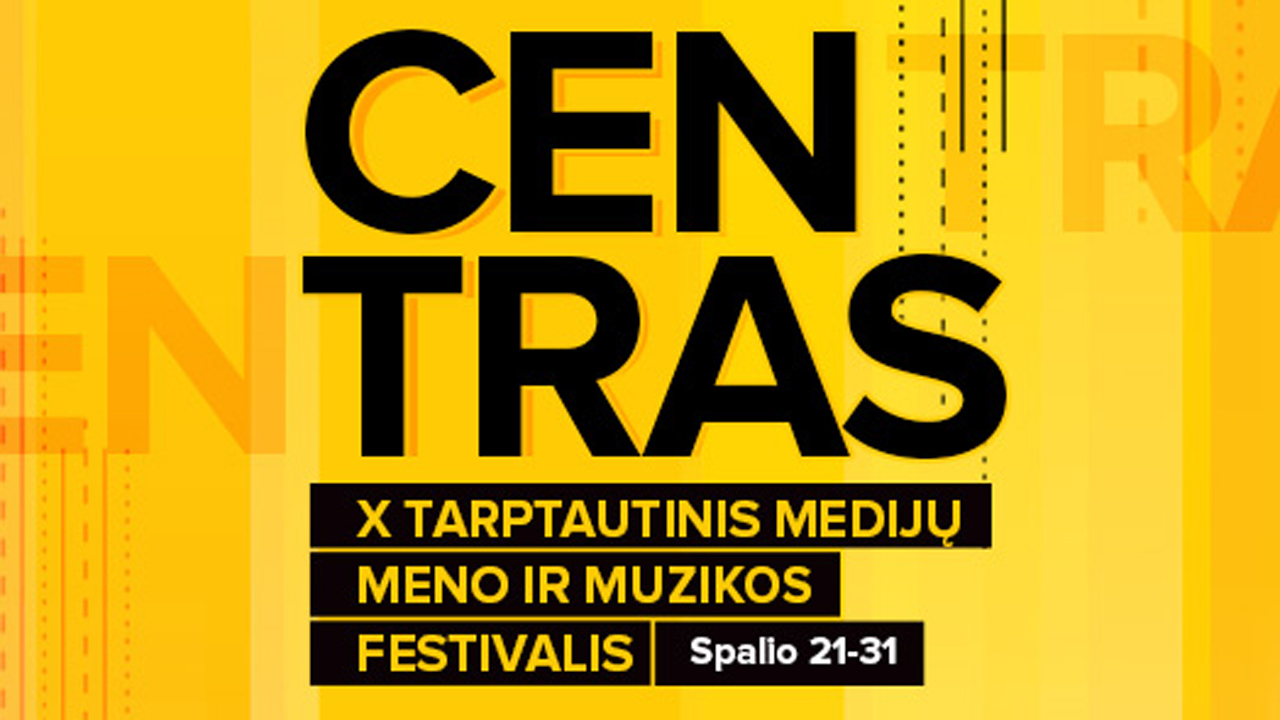Workshop with Mindaugas Gapševičius and Alessandro Volpato
Sa, 17.03.2018. (15:00 – 18:00), TOP, Schillerpromenade 4, 12049 Berlin
Fungi are able to biodegrade organic and inorganic elements, including slowly degradable elements such as cellulose, toxins, and heavy metals. Fungi are also known for being able to transport chemical elements within their networks and their ability to exchange chemical elements with plants.
Continue reading “Mycorrhizal networks or how I hack plant conversations @ TOP”